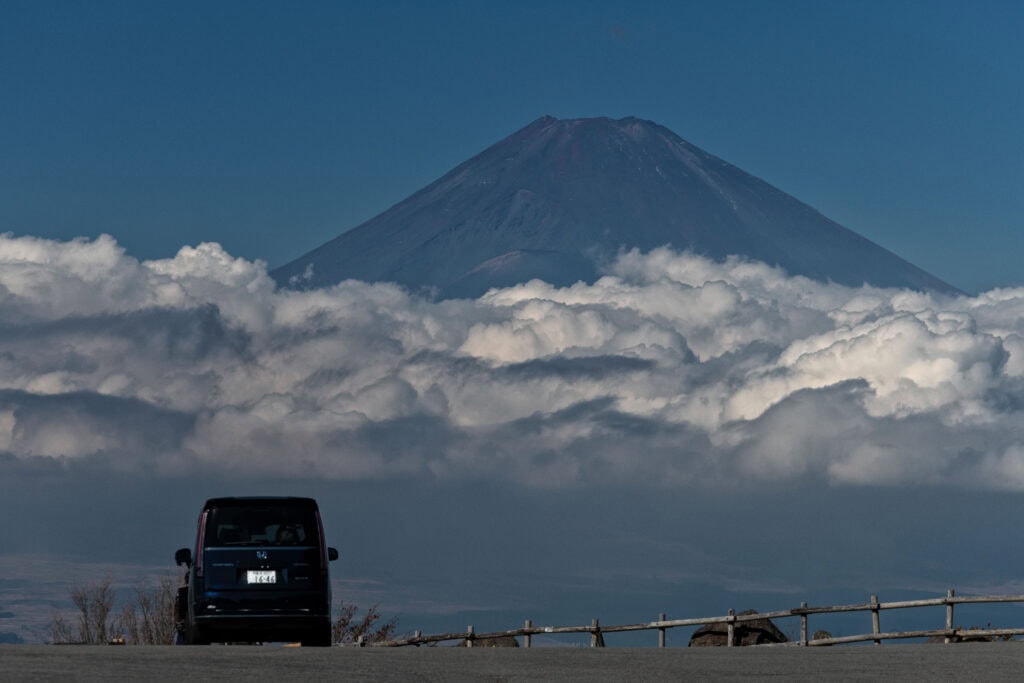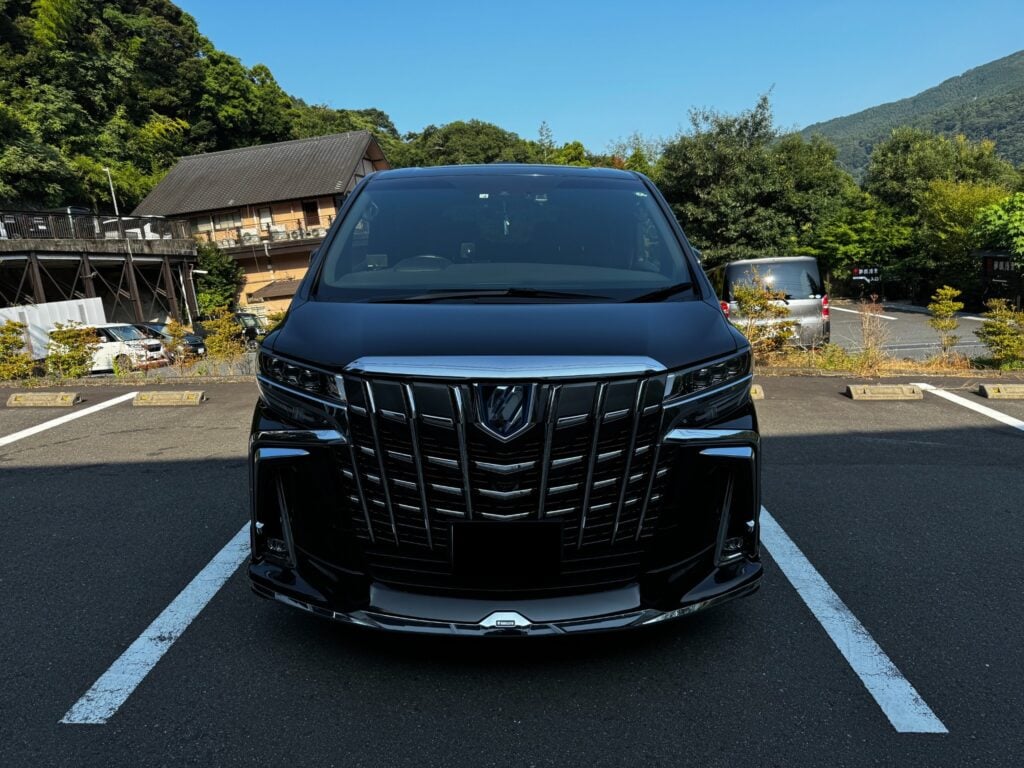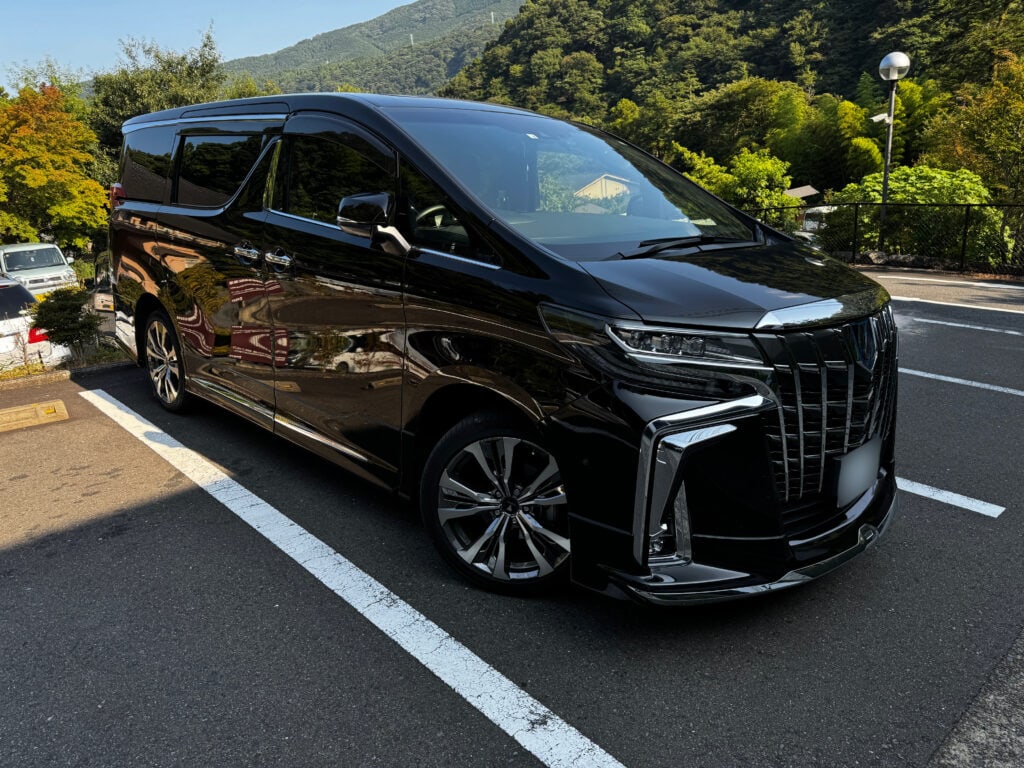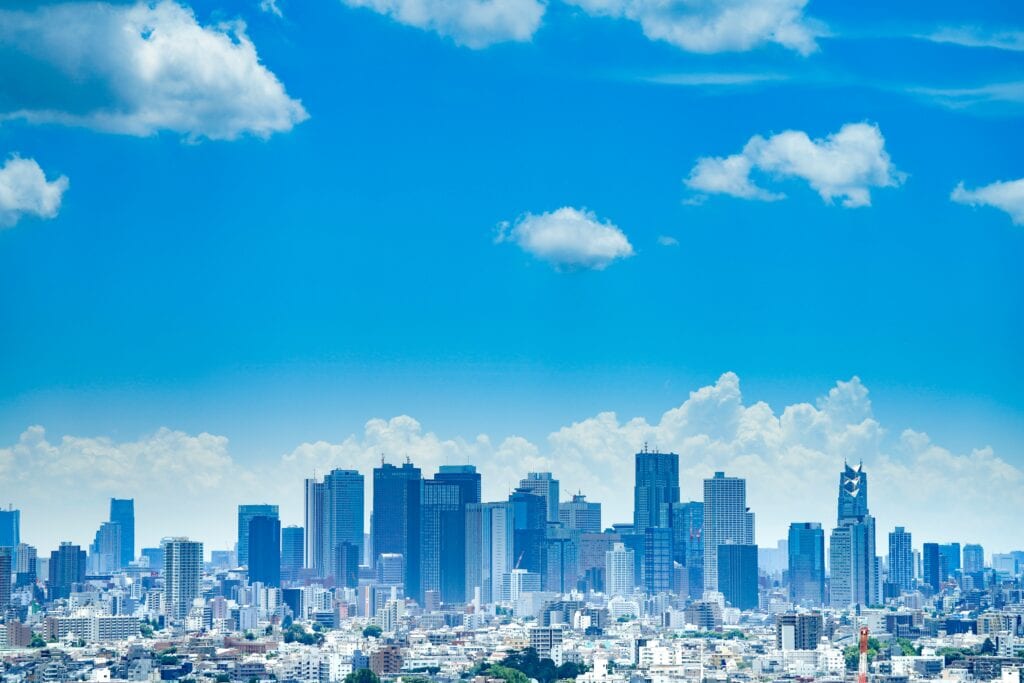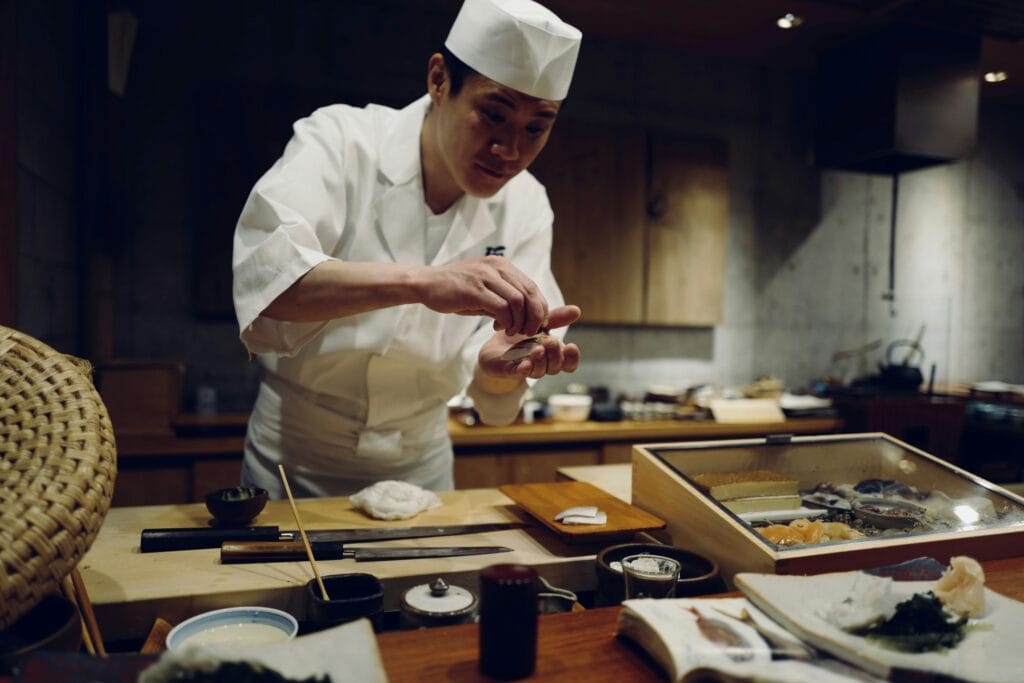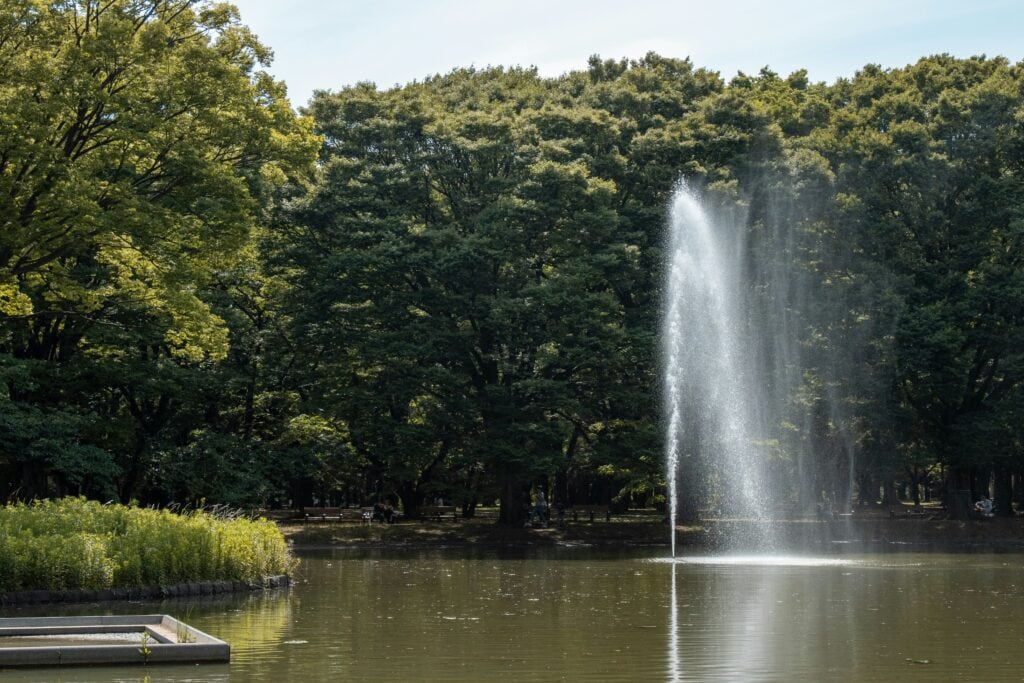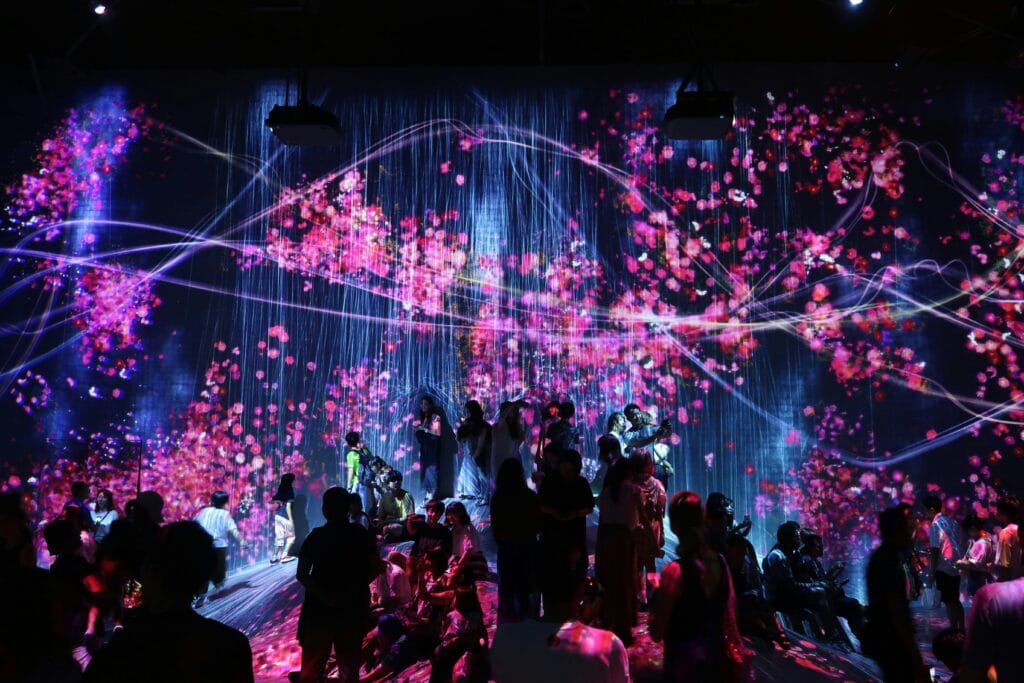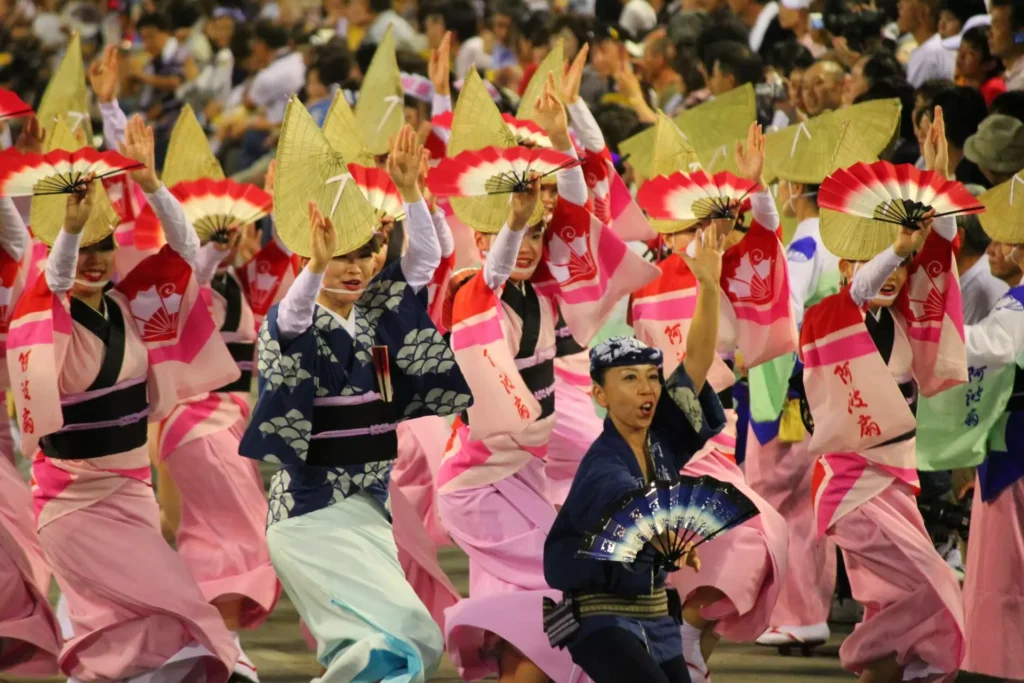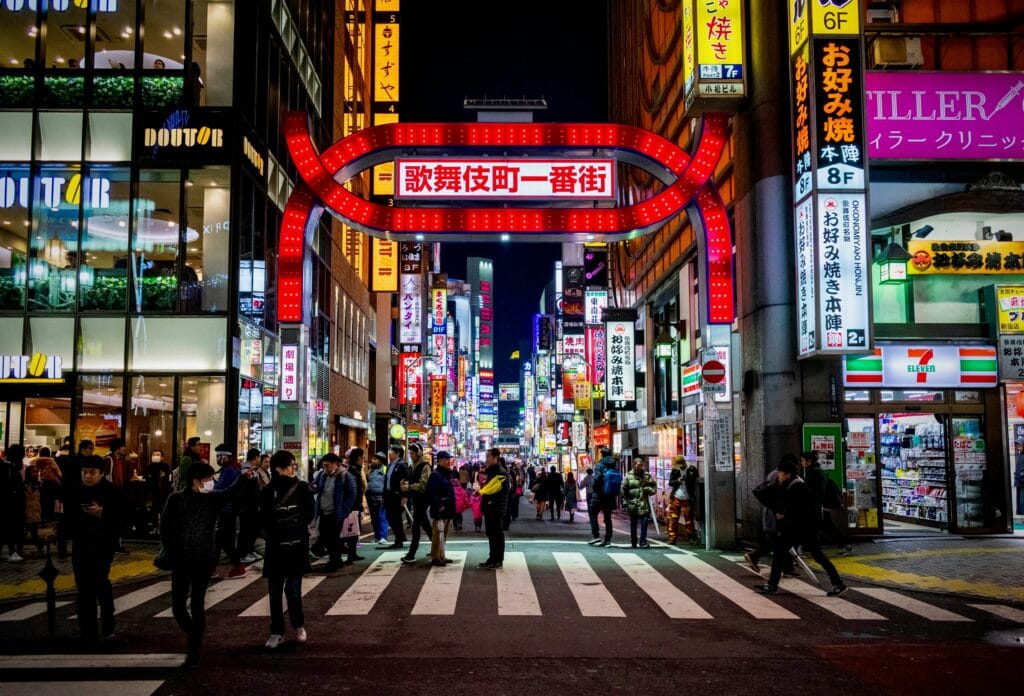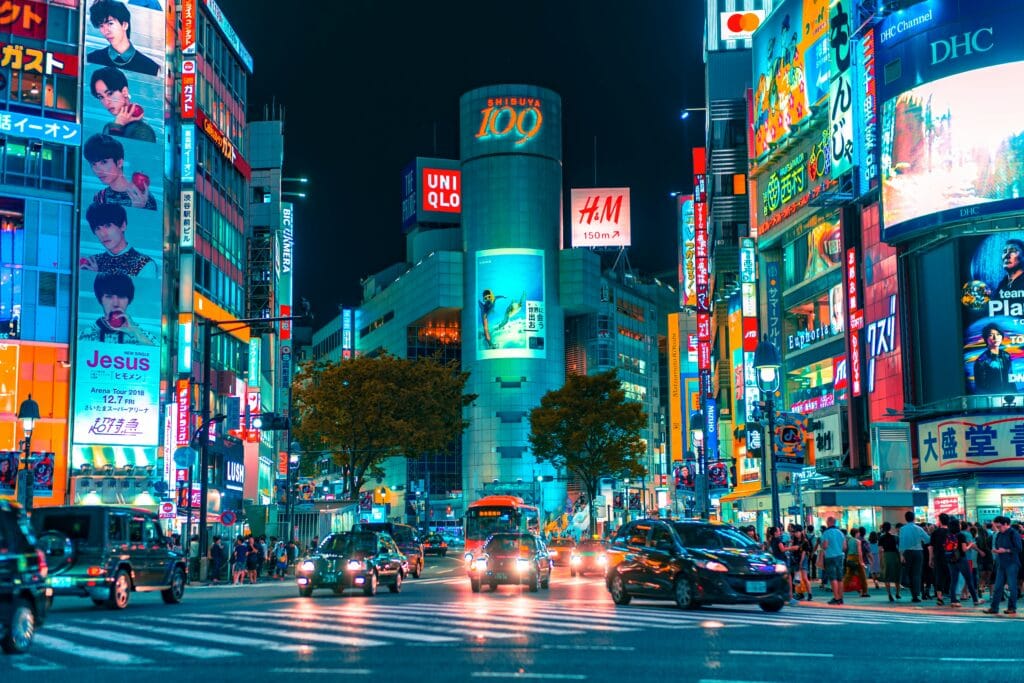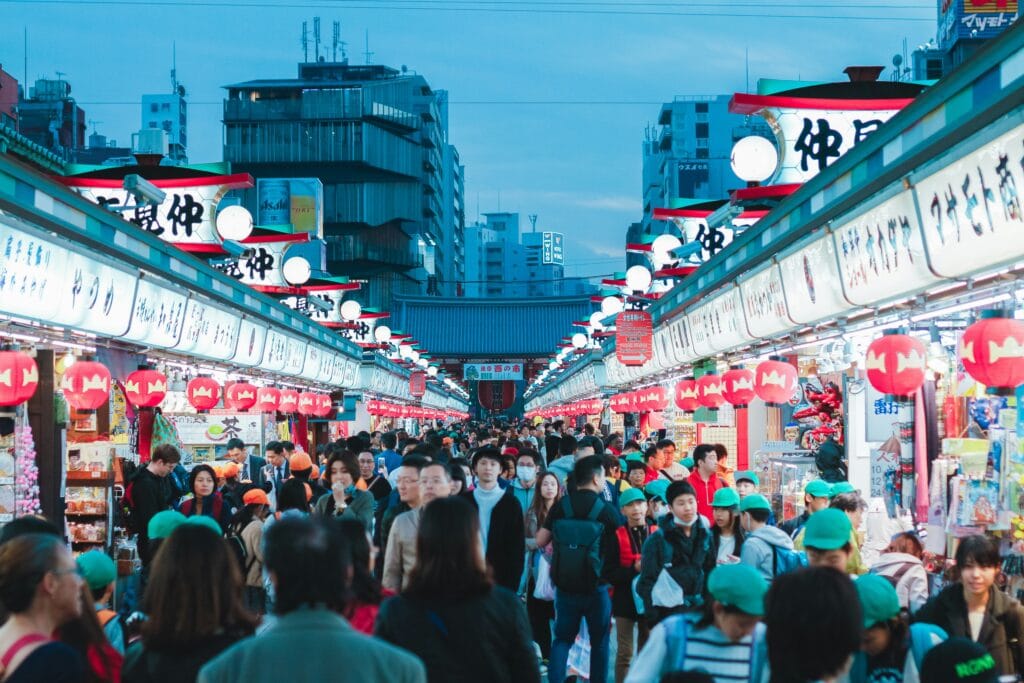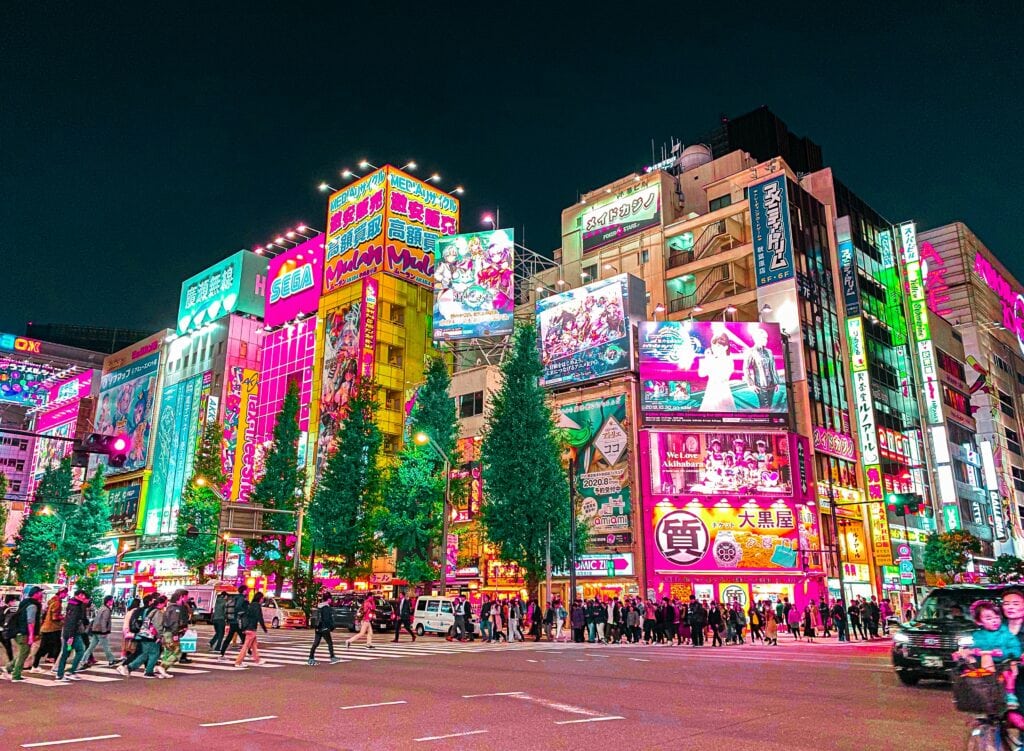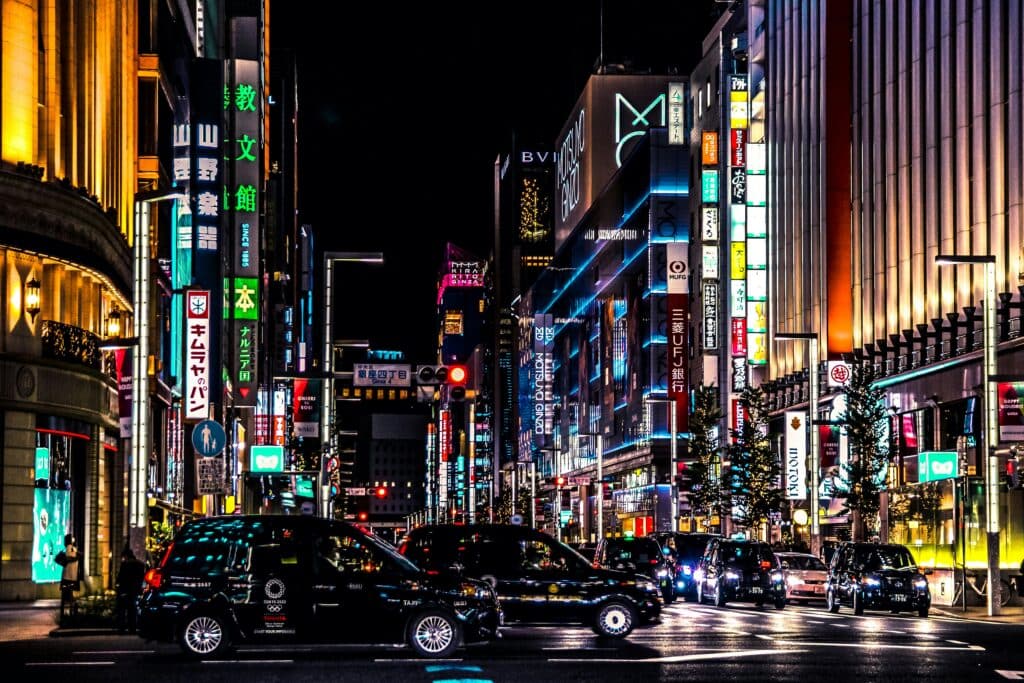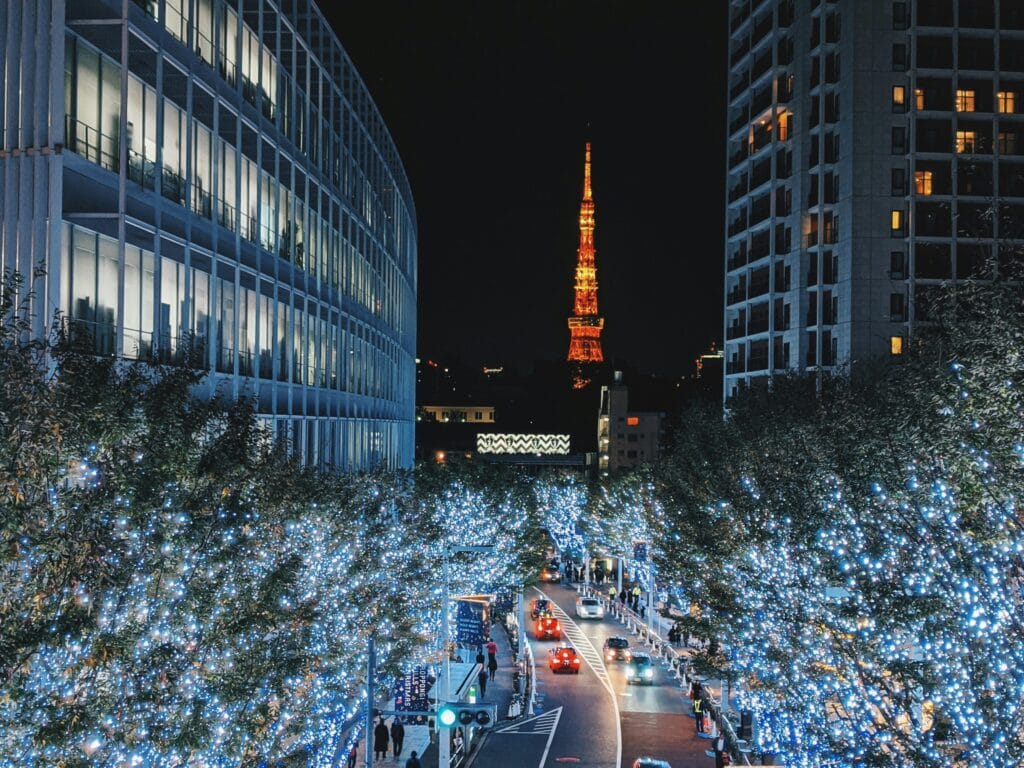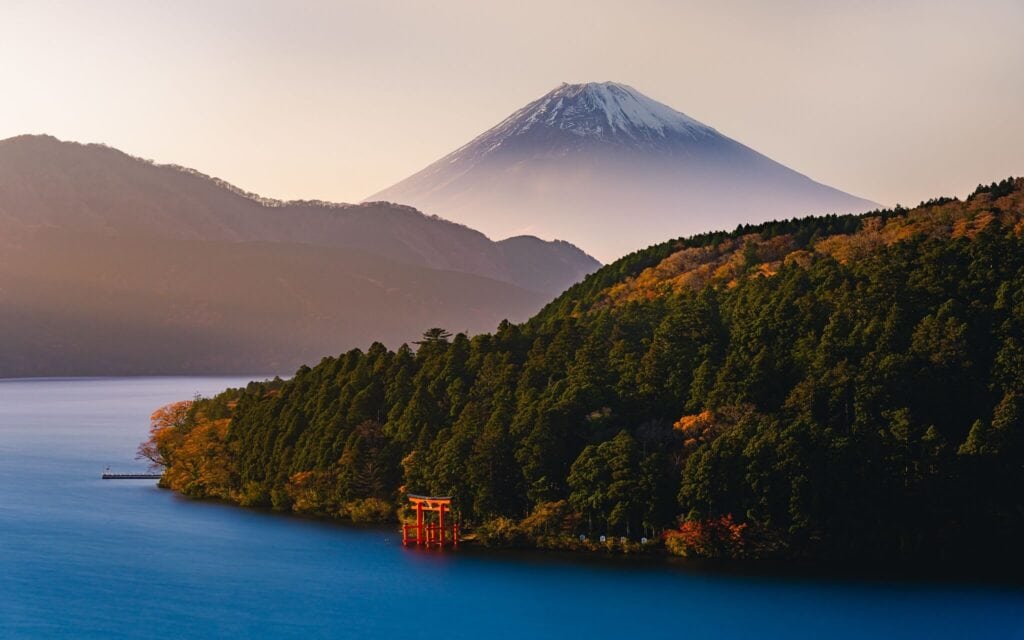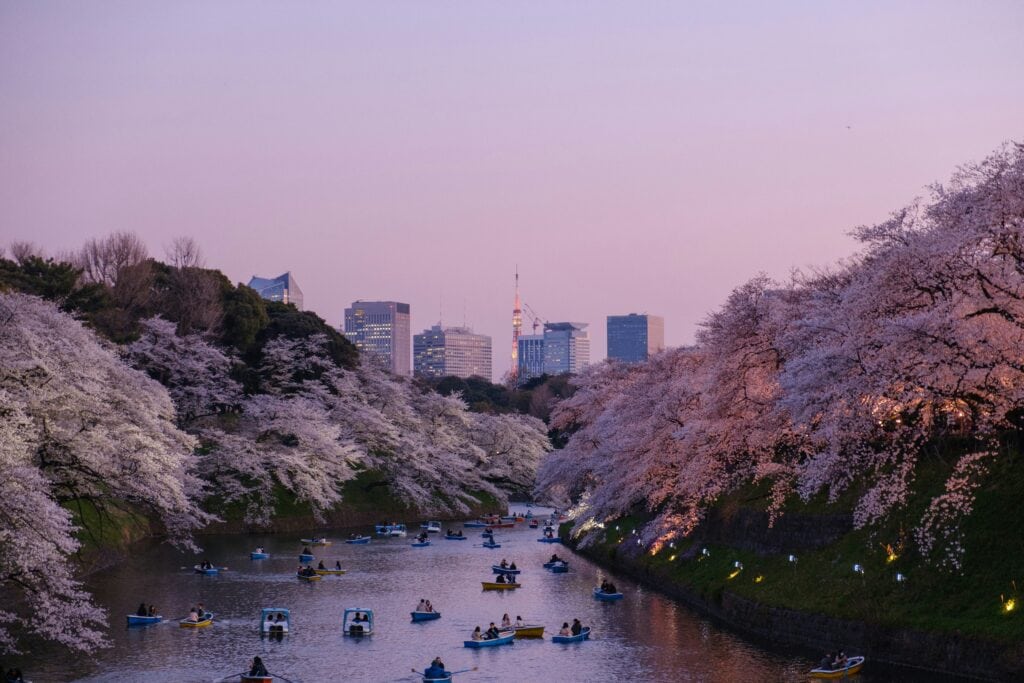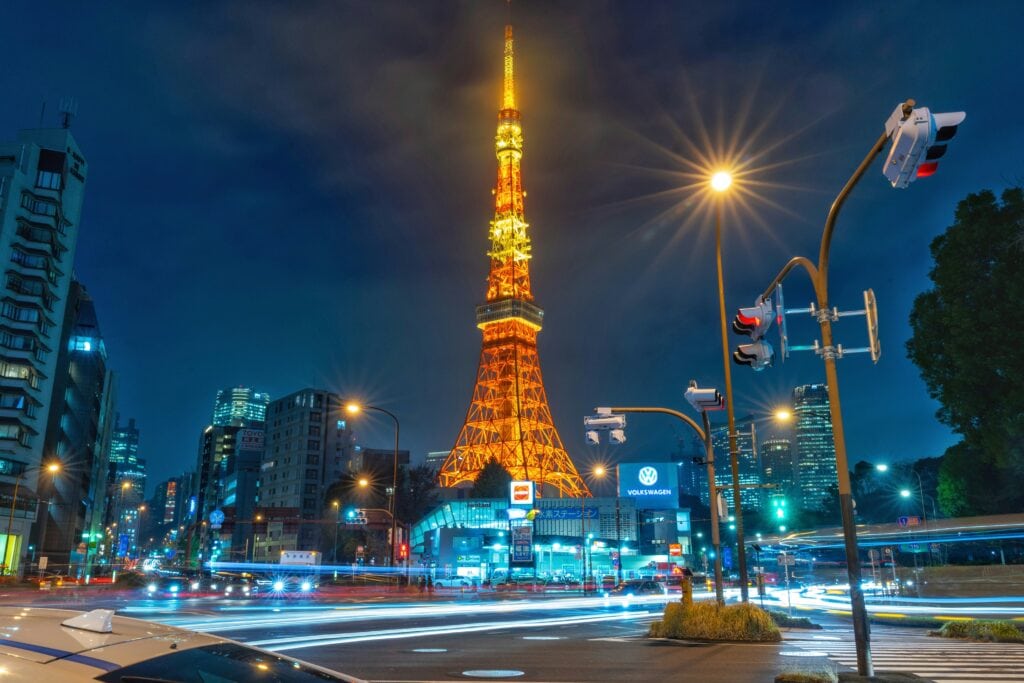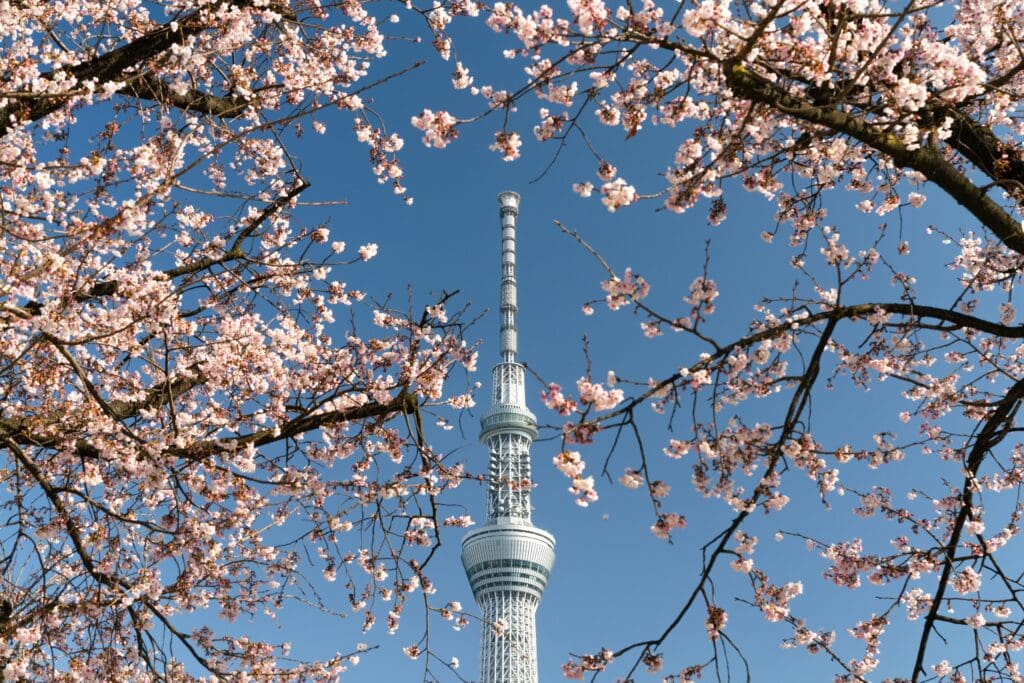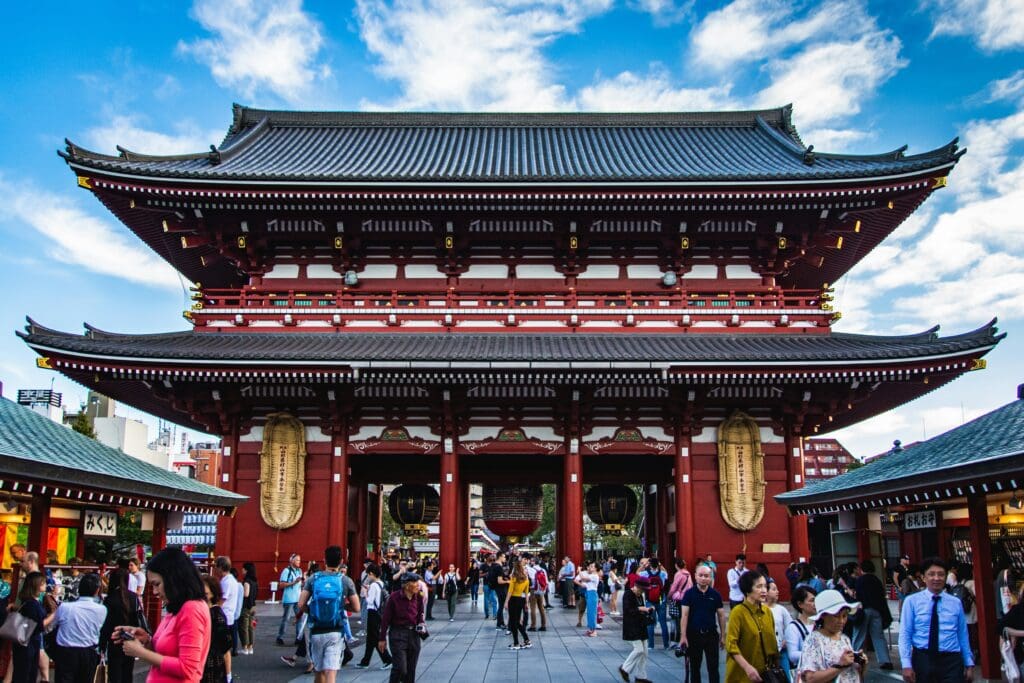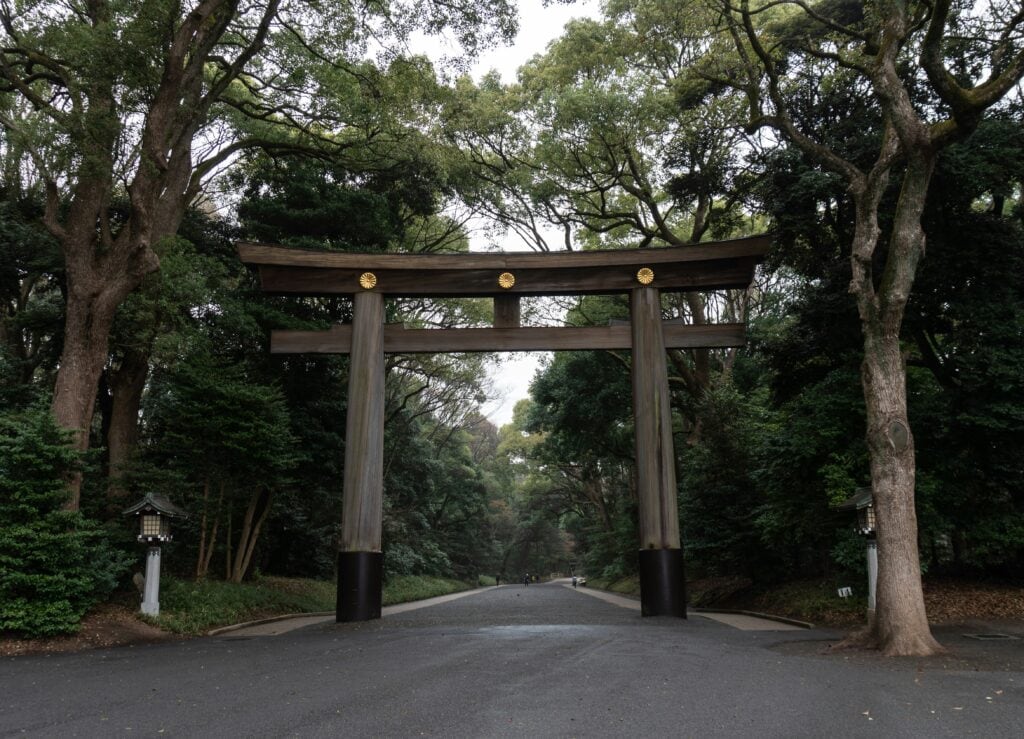Best Places to See Cherry Blossoms Near Tokyo: Hakone, Kamakura & Nikko
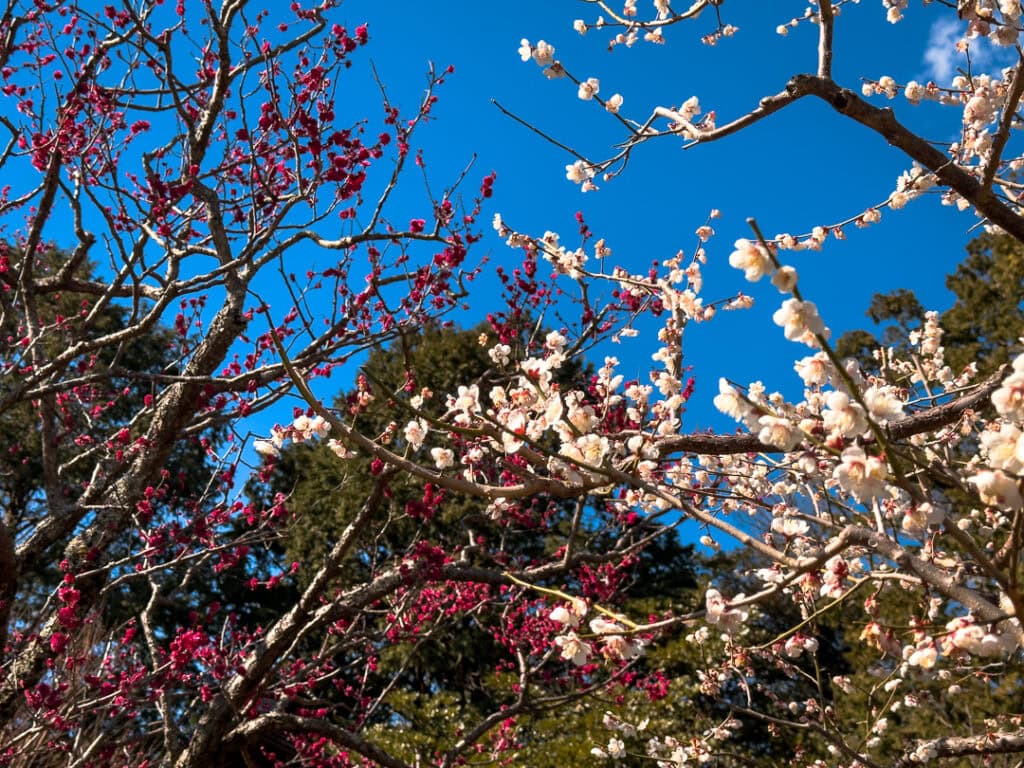
Cherry blossom season in Japan is a magical time when the country is covered in pink and white sakura petals. While Tokyo offers many famous hanami (cherry blossom viewing) spots, the crowds can make it difficult to enjoy the experience fully.
If you want to escape the hustle and bustle of the city and experience cherry blossoms in more scenic, peaceful locations, Hakone, Kamakura, and Nikko are perfect alternatives. These destinations are just a short trip from Tokyo and offer stunning backdrops of lakes, mountains, temples, and historical landmarks.
In this guide, we’ll explore the best cherry blossom spots in each of these locations and provide travel tips to make your sakura season unforgettable.
Hakone: Sakura with a View of Mt. Fuji
Best Cherry Blossom Spots in Hakone
🌸 Gora Park
Gora Park is a beautifully landscaped garden featuring a variety of flowers, fountains, and traditional tea houses. In spring, cherry blossoms bloom throughout the park, creating a picture-perfect setting.
🌸 Lake Ashi (Moto-Hakone)
One of the most scenic cherry blossom spots in Hakone, Lake Ashi offers stunning views of sakura trees lining the lakeside with Mount Fuji in the background. A boat cruise on the lake is a fantastic way to admire the blossoms from the water.
🌸 Hakone Yumoto Station
As the gateway to Hakone, Hakone Yumoto Station is lined with cherry blossom trees, providing visitors with a warm, pink welcome.
How to Get to Hakone from Tokyo
-
-
Ride the Odakyu Romancecar from Shinjuku Station (Approx. 80 min).
-
Travel on the JR Tokaido Line to Odawara Station, then transfer to the Hakone Tozan Train.
-
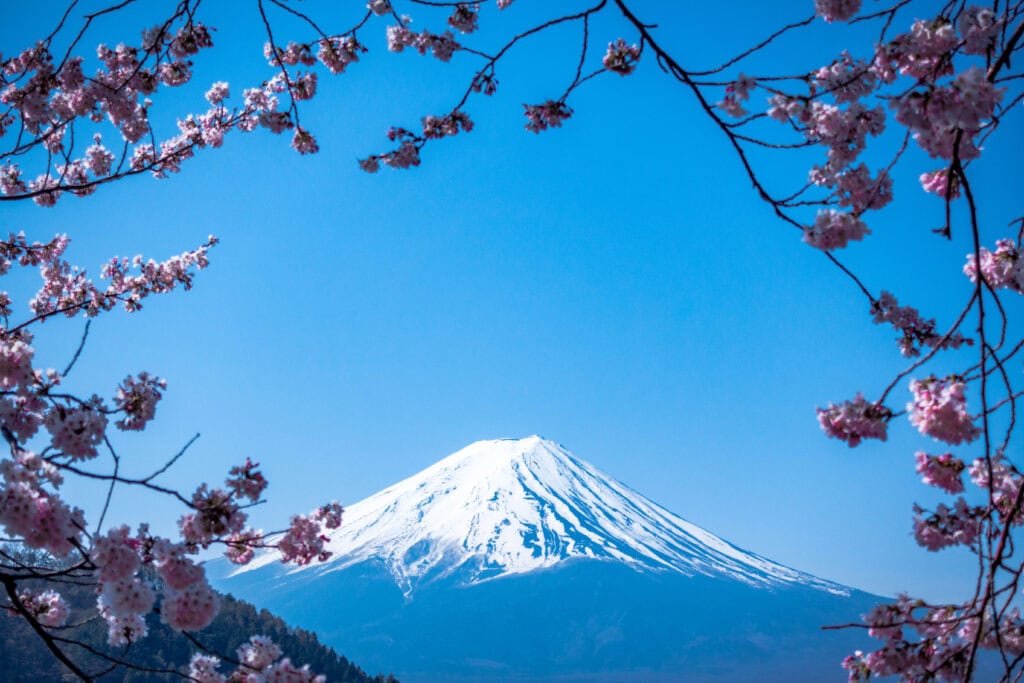
Kamakura: Cherry Blossoms & Samurai History
Top Hanami Spots in Kamakura
🌸 Tsurugaoka Hachimangu Shrine
The long pathway leading to Kamakura’s most famous shrine is lined with cherry trees, making it a spectacular hanami spot. The shrine itself is a stunning example of traditional Japanese architecture.
🌸 Genjiyama Park
For those who want a more peaceful hanami experience, Genjiyama Park offers beautiful cherry blossoms in a quiet setting. The park is also home to a statue of Minamoto no Yoritomo, the first shogun of Japan.
🌸 Hase-dera Temple
Hase-dera Temple is a must-visit during cherry blossom season, offering breathtaking views over Kamakura. The temple gardens are filled with sakura trees, making it a serene place to enjoy the blooms.
How to Get to Kamakura from Tokyo
-
Board the JR Yokosuka Line from Tokyo Station (Approx. 1 hour).
-
Hop on the Enoden Line from Fujisawa Station to explore more of Kamakura’s coastline.

Nikko: Historic Temples & Sakura
Best Cherry Blossom Spots in Nikko
🌸 Shinkyo Bridge
This iconic red bridge framed by cherry blossoms is one of Nikko’s most photogenic spots. It serves as the entrance to Nikko’s UNESCO-listed shrines and temples.
🌸 Rinno-ji Temple
A historic Buddhist temple in Nikko, Rinno-ji Temple is surrounded by cherry trees that create a peaceful and spiritual atmosphere during sakura season.
🌸 Tobu World Square
This unique theme park features miniature replicas of world-famous landmarks, and during spring, they are beautifully surrounded by cherry blossoms.
How to Get to Nikko from Tokyo
-
Catch the Tobu Limited Express from Asakusa Station (Approx. 2 hours).
-
Transfer to the JR Nikko Line from Utsunomiya Station.
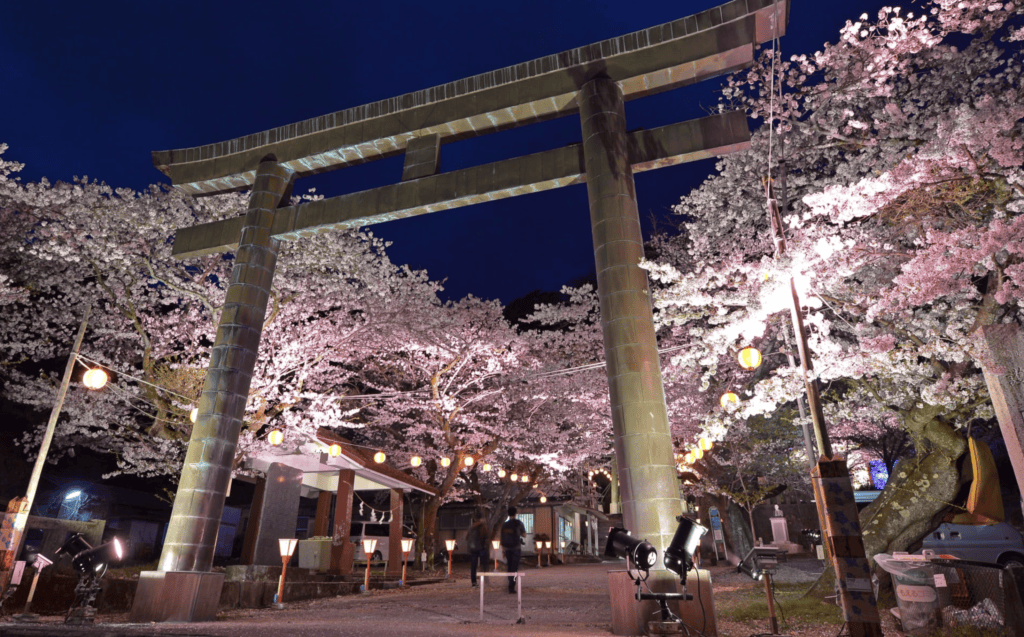
Private Guided Tours
For a stress-free and comfortable experience, consider booking a private guided tour. Our private tours offer:
-
Enjoy a personalized itinerary tailored to your interests.
-
Benefit from convenient hotel pickup and drop-off in Tokyo..
-
Gain deeper insights with expert local guides who share the history and best cherry blossom spots.
-
Luxury transport options, including private cars and chauffeurs.
This is the perfect option for families, small groups, or travelers who want to explore at their own pace without worrying about public transport schedules. Check out our One Day Escape.
Travel Tips for Cherry Blossom Viewing
🌸 Best Time to Visit
-
Hakone: Early to mid-April
-
Kamakura: Late March to early April
-
Nikko: Mid to late April (due to higher elevation, the blooms last longer)
🌸 What to Bring
-
Picnic mat & snacks: Enjoy a traditional hanami picnic
-
Camera: Capture the stunning cherry blossom scenery
-
Light jacket: Spring temperatures can be unpredictable
🌸 Local Etiquette
-
Do not shake the trees or pick the flowers
-
Dispose of trash properly; many parks do not have trash bins
-
Be mindful of others when setting up picnic areas
If you’re looking for the best cherry blossom experiences near Tokyo, Hakone, Kamakura, and Nikko are fantastic options. Each destination offers its own unique sakura scenery, from lake views of Mt. Fuji in Hakone to historic temples in Kamakura and Nikko.
Plan your trip early, check the cherry blossom forecast, and make the most of this breathtaking season.
